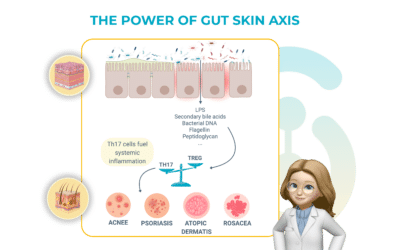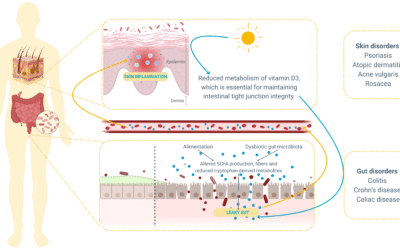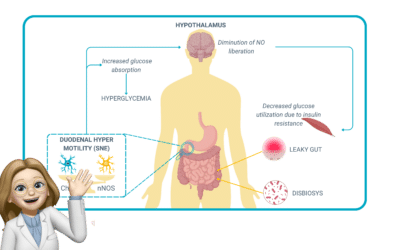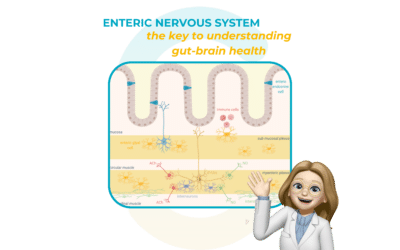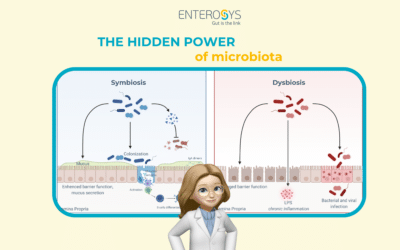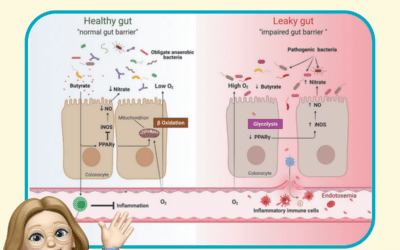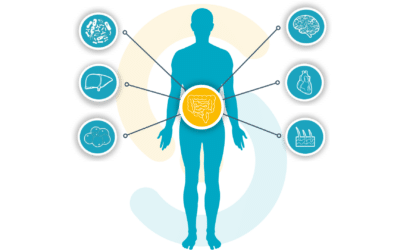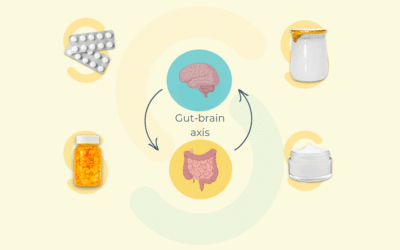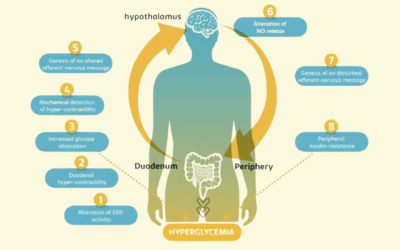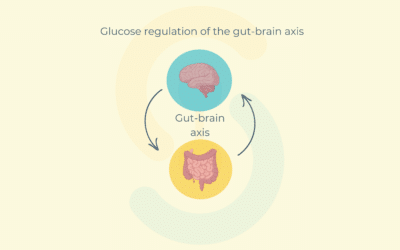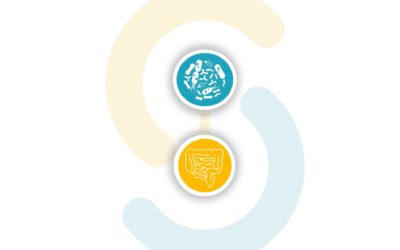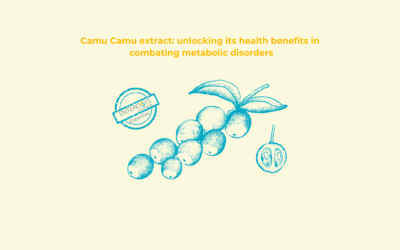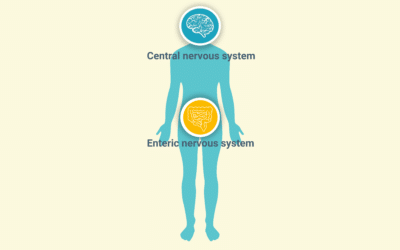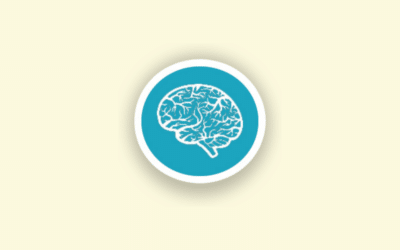Gut–Skin axis 2.0: why 75 % of gut disorders break out on your skin
Quick recap : what we covered last time In my first newsletter we introduced the gut–skin axis: a two-way biochemical hotline in which intestinal dysbiosis, “leaky-gut” endotoxins and microbially produced metabolites ignite cytokine storms that thin the epidermal...
Gut–skin axis: a scientific rationale for dermatological disorders
In recent years, dermatological research has increasingly turned inward, toward the gut! The concept of the gut–skin axis has gained considerable traction, supported by robust data linking intestinal health and microbial balance to the onset and progression of...
Gut motility: the hidden role of the enteric nervous system
TAKE HOME MESSAGES : The ENS orchestrates gut motility through a complex balance of neural circuits and neurotransmitters. Disruptions in gut motility can trigger systemic metabolic imbalances, contributing to hyperglycemia and insulin resistance. ENS dysfunction is...
Enteric nervous system: the key to understanding gut-brain health
Did you know that the enteric nervous system, often referred to as our “second brain,” is composed of over 200 million neurons lining the digestive tract? It plays a critical role in maintaining digestive health and mediating the connection between the gut and the...
Gut microbiota: the key to understanding health and disease
Did you know that trillions of microorganisms are working behind the scenes in your body to keep you healthy? Often called our “hidden organ,” the gut microbiota is an extraordinary ecosystem that influences much more than just digestion. How does this invisible...
Intestinal barrier : key to digestion and nutrient absorption
Unlock the mystery of your digestive system! In this edition, we explore the vital roles of digestion and nutrient absorption, essential for maintaining health. Digestion is the process by which foods are broken down into smaller molecules, or nutrients, making them...
gut-health : the key to general health
Have you ever wondered how your body turns the food you eat into the energy you need? The secret lies within the fascinating world of gut physiology. Your digestive tract is not just a simple tube for digestion—it’s a complex system designed to absorb essential...
The gut-brain axis: exploring its role in health care
In the intestine, gut distension and nutrients are detected by mechanoreceptors and chemoreceptors, respectively. The activation of these receptors sends an afferent nervous message to the hypothalamus in the brain. In turn, the hypothalamus controls the glucose entry in tissues, and thus glycemia.
Type 2 Diabetes: the glucose regulation
In the intestine, gut distension and nutrients are detected by mechanoreceptors and chemoreceptors, respectively. The activation of these receptors sends an afferent nervous message to the hypothalamus in the brain. In turn, the hypothalamus controls the glucose entry in tissues, and thus glycemia.
12-HETE enterosyne: new insights into glucose metabolism
The discovery of intestinal actors, such as enterosynes, able to modulate the ENS-induced duodenal contraction is an innovative approach. Among all the intestinal factors, the understanding of the role of gut microbes in controlling glycaemia remains a major target. For instance, we researched and demonstrated how the modulation of gut microbiota by prebiotics could permit the identification of novel enterosynes.
Glucose: a key player in gut motility and metabolic regulation
Targeting the enteric nervous system that controls gut motility is now considered as an innovative therapeutic way in T2D to limit intestinal glucose absorption and restore the gut‐brain axis to improve insulin sensitivity. So far, little is known about the role of glucose on duodenal contraction in fasted and fed states in normal and diabetic conditions.
Gut microbiota: a key player in gut-brain communication
Currently, the gut is considered a primary site for the development of pathologies that modify brain functions such as neurodegenerative (Parkinson’s, Alzheimer’s, etc.) and metabolic (type 2 diabetes, obesity, etc.) disorders. Deciphering the mode of interaction between microbiota and the brain is a real original option to prevent (and maybe treat in the future) the establishment of gut-brain disfunctions and associated pathologies.
Camu Camu extract: health benefits against metabolic disorders
The Amazonian forests are home to a shrub, the camu-camu, whose fruit could be of great help in the fight against obesity and metabolic diseases. This is described in our latest study published with the A-Mansia R&D team in the journal Metabolites.
Enteric nervous system : Galanin’s role in gut-brain axis
The enteric nervous system (ENS) plays a key role in controlling the gut-brain axis under normal and pathological conditions, such as type 2 diabetes. The discovery of intestinal actors, such as enterosynes, able to modulate the ENS-induced duodenal contraction is considered a pioneering approach.
Blood-brain barrier and beta-blockers: new insights into central effects
In addition to their classical mode of action in the brain, circulating factors may modulate the release of reactive oxygen/nitrogen species (ROS/RNS) from endothelial cells that compose the blood-brain-barrier without entering the brain. Due to their high capacity to diffuse across membranes, ROS/RNS can reach neurons and modify their activity. This study investigates other mechanisms of actions in which beta-blockers may display a central effect without crossing the blood brain barrier.
White paper ENTEROSYS
« GUT IS THE LINK »
Our first white paper is now available !
Get inside the head of our co-founder Claude Knauf.
Come discover his background, his key dates, how he got the gut feeling and the link between enteric neurons and glycemic control as well as other health related areas.
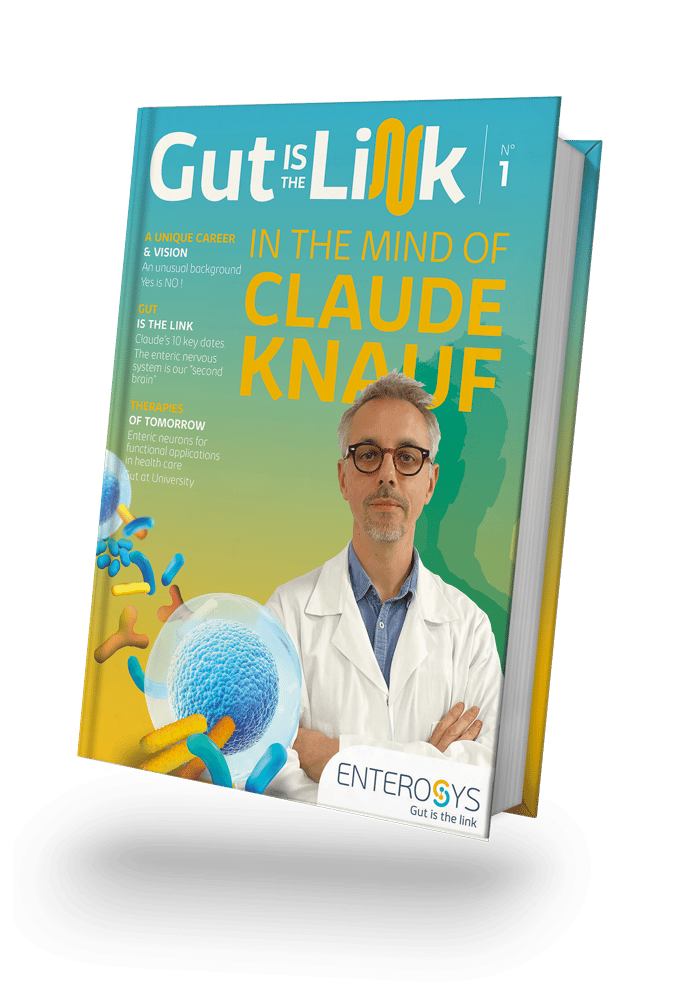
Do you have a question about the contribution of gut models in your innovative research ?
Our team of experts will be delighted to answer all of your questions. We guide you in the design of an optimized protocol to meet your objectives and add value to your molecules with quick and concrete solutions.
